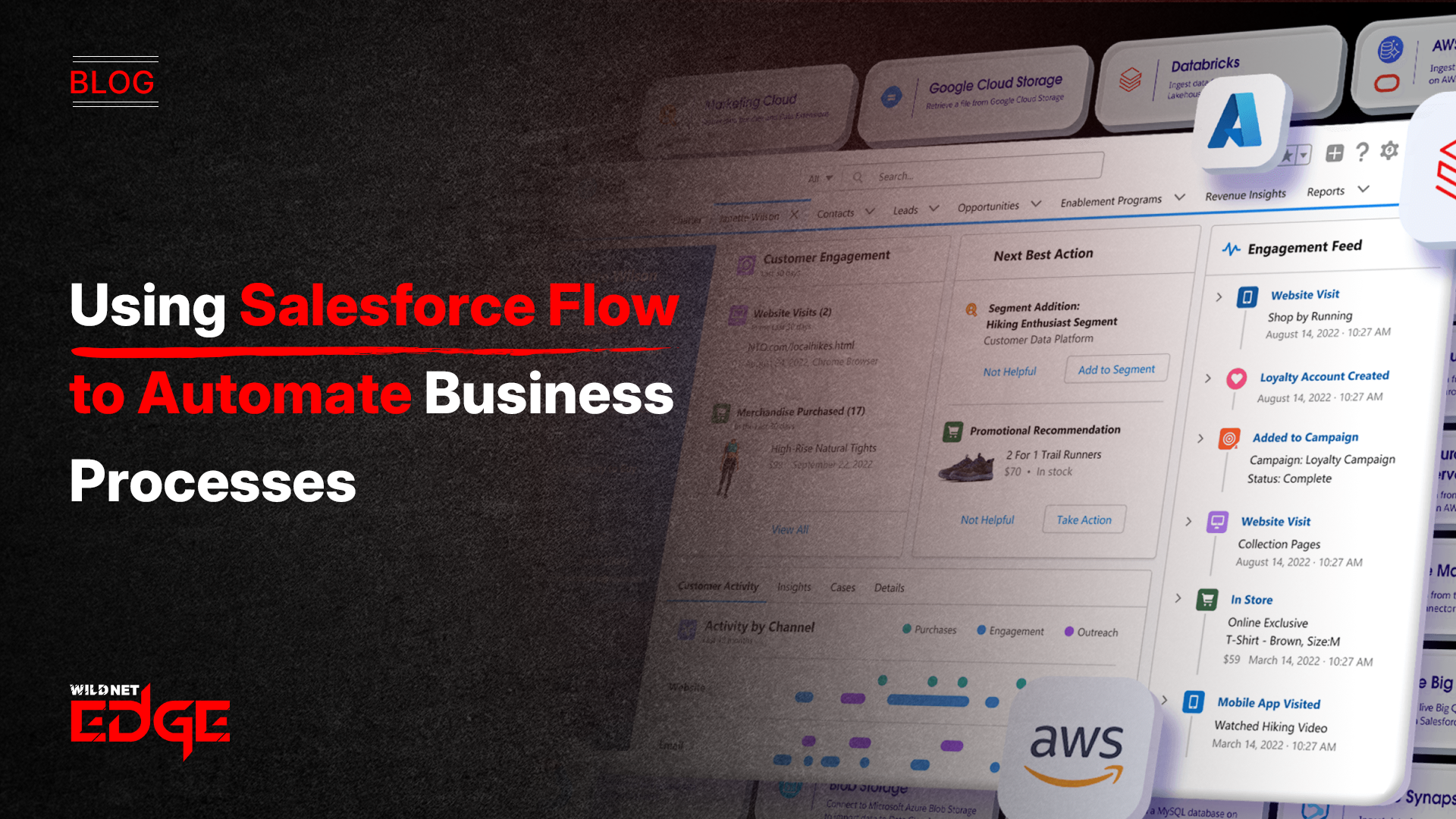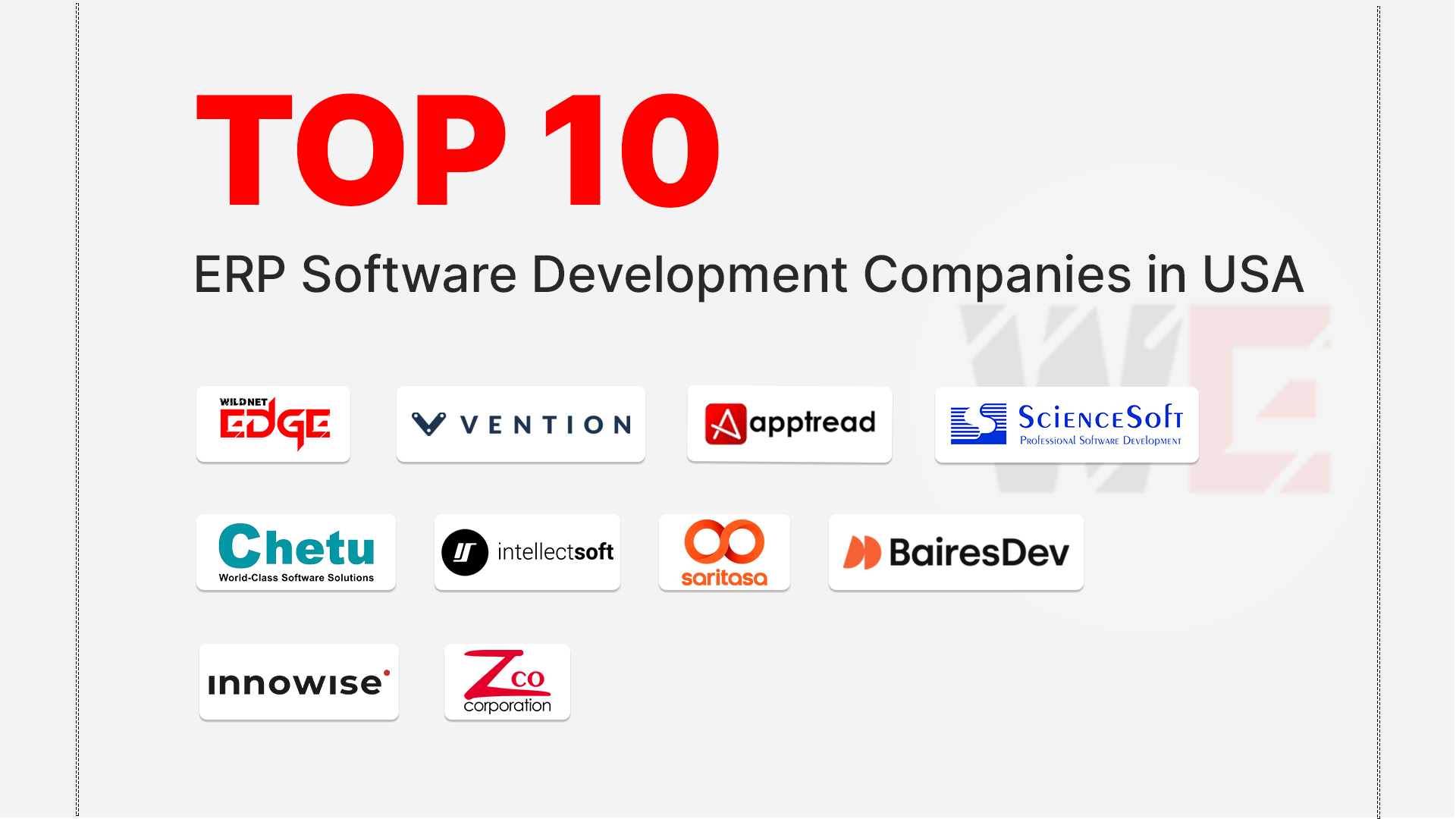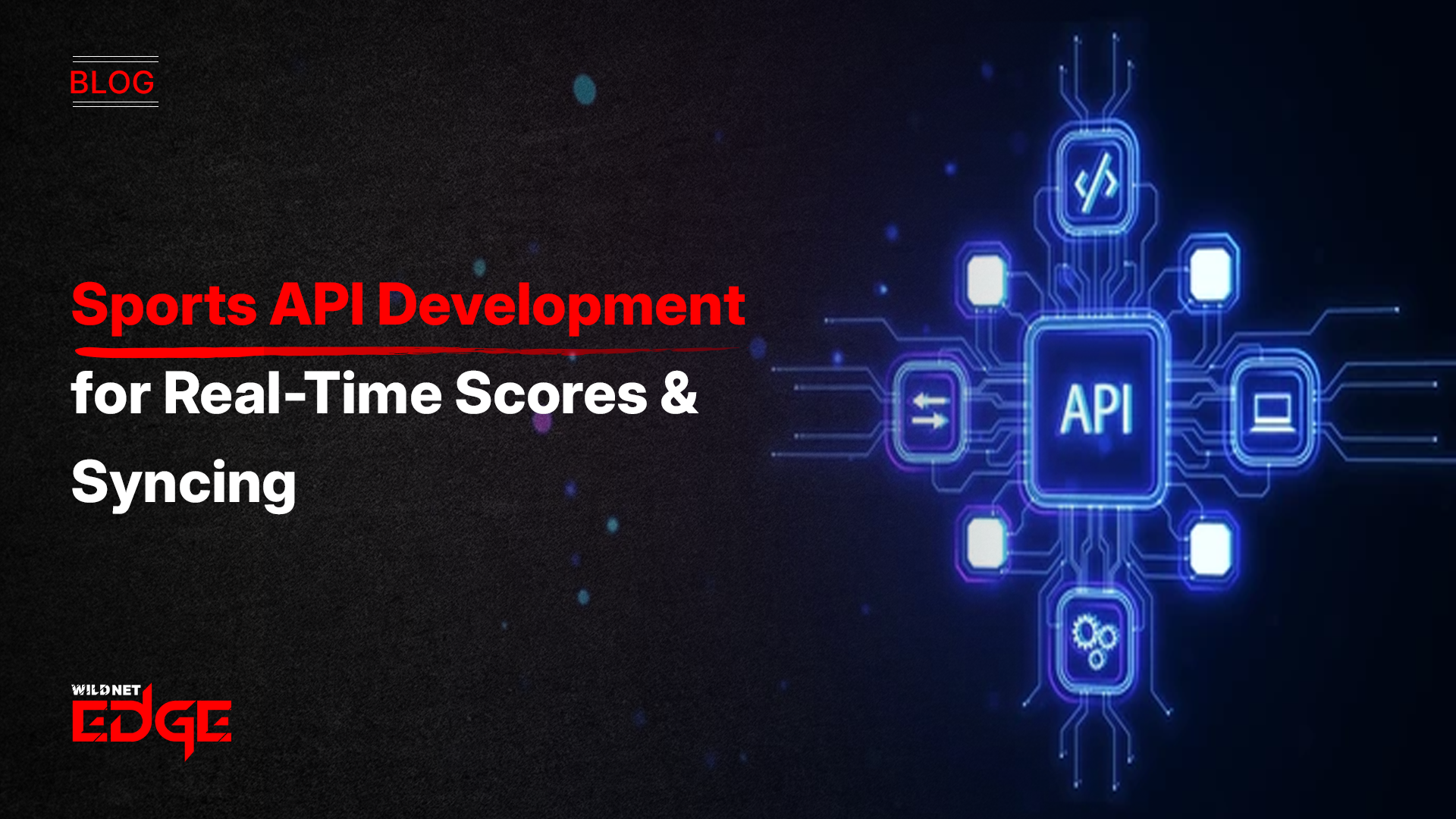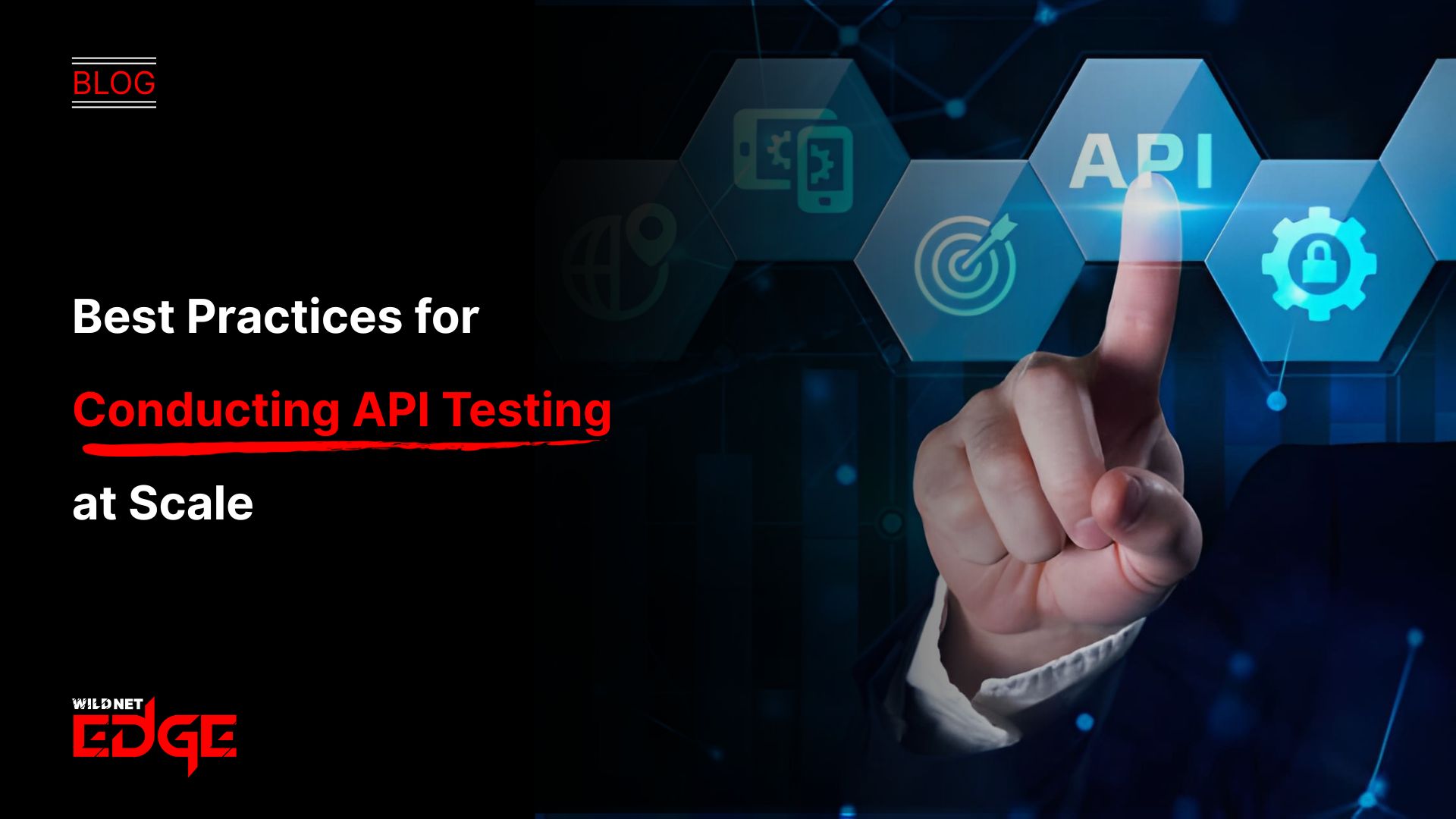Are repetitive tasks bogging down your team? Struggling to keep business processes efficient without writing a single line of code? That’s exactly where Salesforce Flow automation steps in — transforming complex workflows into simple, no-code solutions that anyone can build and manage. In this guide, you’ll learn how to leverage Salesforce Flow to automate your processes better than the outdated Process Builder, saving you time, reducing errors, and empowering your entire organization.
Understanding No-Code Automation with Salesforce Flow
No-code automation represents a transformative approach that allows organizations to design and deploy workflows without traditional programming. Instead of relying on developers or backend engineers, administrators and business users can visually craft complex automation logic using drag-and-drop interfaces. This democratization of automation accelerates progress, reduces bottlenecks, and improves agility.
Salesforce Flow is a pioneering no-code automation tool built to make sophisticated workflows accessible to all users in the Salesforce ecosystem. Unlike legacy automation tools that required rule-based setups or custom Apex code, Salesforce Flow lets users build custom business logic with clicks, not code. It supports logic branching, loops, data manipulation, integrations, and user interaction—all visually configured.
The benefits of no-code automation via Salesforce Flow include:
- Faster deployment: Quickly build and modify automated processes without waiting for development cycles.
- Reduced errors: Visual workflows reduce chances of misconfigured logic compared to hand-coded scripts.
- Greater agility: Business teams can iterate automations to respond to changing needs seamlessly.
- Cost efficiency: Minimizes reliance on costly developer resources.
Compared to traditional coding or simpler Salesforce tools like Workflow Rules, Salesforce Flow delivers deeper flexibility. Workflow Rules are rule-triggered and limited to basic field updates or email alerts. However, Salesforce Flow handles complex decision trees, multi-step operations, and integrates natively with external systems—all without writing a single line of code.
By enabling this no-code automation approach, Salesforce Flow empowers both Salesforce admins and non-technical business users to build workflows that truly reflect real-world processes, improving efficiency and accuracy at scale.
Why Move From Process Builder to Salesforce Flow?
Salesforce is actively encouraging organizations to transition from Process Builder to Salesforce Flow, marking a strategic evolution in workflow automation. Understanding why this shift is necessary helps align your automation roadmap with Salesforce’s future-proof platform capabilities.
Limitations of Process Builder
While Process Builder once represented a major leap from Workflow Rules, it now shows clear signs of aging:
- Performance issues: Complex Process Builder automations often cause slower execution and longer save times.
- Limited flexibility: Process Builder struggles with bulk data operations, looping, and multi-path branching.
- Fragmented automations: Organizations using both Process Builder and Workflow Rules face automation sprawl, complicating maintenance.
- No screen or user interaction: Process Builder lacks capabilities for interactive flows that require user input during runtime.
Enhanced Capabilities and Flexibility in Salesforce Flow
Salesforce Flow eliminates these drawbacks by offering a unified, scalable automation framework:
- Supports multiple flow types: Auto-launched, screen, and scheduled flows address diverse automation needs, including user-guided processes.
- Advanced logic and looping: Salesforce Flow can iterate through collections, making batch updates and complex calculations easy.
- Native integration: Connect external systems via APIs and custom connectors, expanding process automation beyond Salesforce.
- Better governance and maintainability: Visual flows are easier to audit and troubleshoot; flow versions streamline updates.
- Improved user experiences: Screen flows enable step-by-step guided interactions for sales reps, support agents, and customers.
Step-by-Step Migration Considerations for Salesforce Admins
Successfully migrating from Process Builder to Salesforce Flow requires strategic planning:
- Audit existing Process Builders: Identify active, duplicate, or inactive processes; prioritize based on business impact.
- Map out process logic: Document the logic paths, criteria, and dependent actions to replicate in Flow.
- Select appropriate flow types: Use autolaunched flows to replace background automations and screen flows for user interactions.
- Build and test flows iteratively: Develop flows in sandbox environments, rigorously test with various scenarios, and validate performance.
- Deploy and deactivate Process Builders: Roll out flows carefully to production then disable redundant Process Builders to avoid conflicts.
- Monitor and optimize: Use debug logs and Salesforce’s Flow error management features to fine-tune automations post-launch.
Making this switch will enable your organization to capitalize on Salesforce’s innovation roadmap through Flow’s superior automation engine, positioning your business for seamless scaling and adaptability in 2025 and beyond.
How to Use Salesforce Flow to Automate Business Processes
Salesforce Flow is a versatile tool—but to unlock its full potential, you need a thoughtful approach to leveraging no-code automation.
Identifying Automation Opportunities Within Business Processes
Start by evaluating current workflows:
- Pinpoint repetitive manual tasks that consume valuable time (e.g., data entry, approvals, notifications).
- Recognize error-prone processes that benefit from automation safeguards.
- Identify processes involving multiple systems or handoffs ripe for streamlined integration.
- Consider user experience enhancements where guided data collection or decision support helps.
Mapping these opportunities aligns automation efforts with tangible business outcomes.
Creating Your First Flow: Types of Flows
Salesforce offers multiple flow types tailored to different automation scenarios:
- Screen Flows: Interactive flows designed for users to complete tasks or respond to prompts. Ideal for guided data entry, multi-step approvals, or onboarding sequences.
- Autolaunched Flows: Run in the background without user interaction, triggered by record changes, schedule, or invocable from Apex/code or other flows. Perfect for data updates, record creation, or integrations.
- Scheduled Flows: Automate processes on a time-based cadence, such as daily reports, data cleanup, or batch updates.
When building your first flow:
- Use the Flow Builder interface to drag and drop elements like decisions, assignments, loops, and integrations.
- Leverage variables and collections for flexible data management.
- Employ fault paths to catch errors and build resilient flows.
Testing and Deploying Flows Without Disrupting Operations
Before deploying to production:
- Test in a sandbox environment using real-world data scenarios.
- Activate debug mode to step through the flow and monitor variable states.
- Use the flow testing tool to simulate user interaction in screen flows or automated triggers.
- Conduct user acceptance testing (UAT) with key stakeholders.
To deploy smoothly:
- Publish flow versions to enable seamless rollback if needed.
- Schedule deployments during off-peak hours to minimize disruptions.
- Monitor flow performance and error reports post-launch to quickly address issues.
With these best practices, Salesforce Flow empowers you to confidently automate your processes with minimal risk.
Advanced Salesforce Flow Automation Tactics and Trends
2025 brings new possibilities in Salesforce Flow aimed at driving smarter, more integrated automations.
Using Flow With Other Salesforce Tools and Integrations
Modern businesses rely on cross-platform workflows. Salesforce Flow seamlessly integrates with:
- Salesforce Einstein AI: Automate AI-driven recommendations during flows for smarter decision-making.
- MuleSoft connectors: Build unified automations spanning Salesforce and external systems like ERP or marketing platforms.
- Slack integrations: Trigger Slack notifications or gather user approvals directly within chat channels using Flow and Slack.
- Salesforce Functions: Extend Flow capabilities with serverless functions for complex logic beyond native tooling.
Maximizing these integrations increases workflow efficiency and breaks down organizational silos.
Leveraging Analytics to Optimize Automated Processes
Data-driven insights are key to refining your automations:
- Monitor flow usage metrics and completion rates using Salesforce’s analytics dashboards.
- Analyze error logs to identify recurring failures or bottlenecks.
- Use A/B testing with parallel flow versions to optimize path logic or user experience.
- Collect user feedback directly through screen flows for continuous improvement.
Embedding analytics within your automation strategy ensures sustainable success.
Upcoming Salesforce Flow Features and Community-Driven Enhancements
Salesforce’s product roadmap includes exciting developments:
- Enhanced Flow Orchestration: New orchestration capabilities enable complex multi-flow sequencing with branching and wait steps.
- Improved Debugging Tools: Real-time monitoring and AI-assisted diagnostics simplify troubleshooting.
- Community Templates and Components: Trailblazer community contributions provide reusable flow templates and custom components to accelerate build time.
- Expanding No-Code AI Integration: Upcoming features will make embedding Einstein Bots and language models into flows more accessible.
Staying connected with the vibrant Salesforce community and adopting these advances will future-proof your no-code automation landscape.
Conclusion
Salesforce Flow automation empowers businesses to eliminate bottlenecks and simplify complex workflows effortlessly. Moving beyond Process Builder, it opens doors to scalable no-code automation that anyone can manage. For organizations ready to elevate their automation strategy and get expert guidance, WildnetEdge stands out as a trusted partner—offering tailored solutions to unlock the full power of Salesforce Flow. Ready to transform your business processes? Connect with WildnetEdge today.
FAQs
Q1: What is Salesforce Flow automation and how does it differ from Process Builder?
Salesforce Flow automation allows users to create complex workflows with drag-and-drop no-code tools, offering more flexibility and scalability compared to Process Builder’s more limited rule-based automation.
Q2: Can I replace all Process Builder automations with Salesforce Flow?
Yes, Salesforce recommends transitioning all Process Builder automations to Flow as it supports more powerful features and will be the primary automation tool moving forward.
Q3: How does no-code automation in Salesforce Flow help non-developers?
No-code automation lets admins and business users design and manage workflows without writing code, making automation accessible and reducing dependence on developers.
Q4: What types of business processes are best suited for Salesforce Flow?
Salesforce Flow is ideal for automating approval processes, integrations, data updates, task assignments, and guided user interactions within Salesforce.
Q5: How can WildnetEdge assist with Salesforce Flow automation?
WildnetEdge offers expert consulting, implementation, and training services to ensure your Salesforce Flow automations are optimized and aligned with business goals.

Nitin Agarwal is a veteran in custom software development. He is fascinated by how software can turn ideas into real-world solutions. With extensive experience designing scalable and efficient systems, he focuses on creating software that delivers tangible results. Nitin enjoys exploring emerging technologies, taking on challenging projects, and mentoring teams to bring ideas to life. He believes that good software is not just about code; it’s about understanding problems and creating value for users. For him, great software combines thoughtful design, clever engineering, and a clear understanding of the problems it’s meant to solve.
 sales@wildnetedge.com
sales@wildnetedge.com +1 (212) 901 8616
+1 (212) 901 8616 +1 (437) 225-7733
+1 (437) 225-7733































